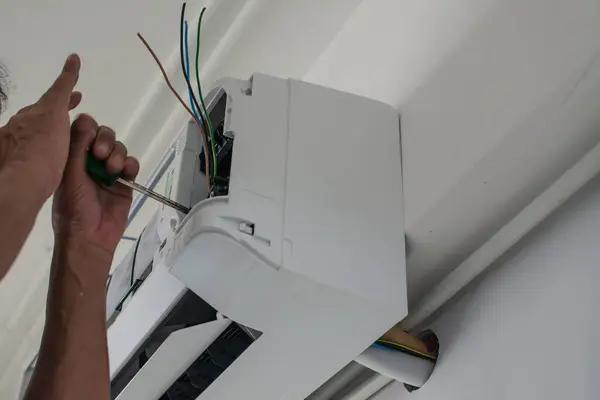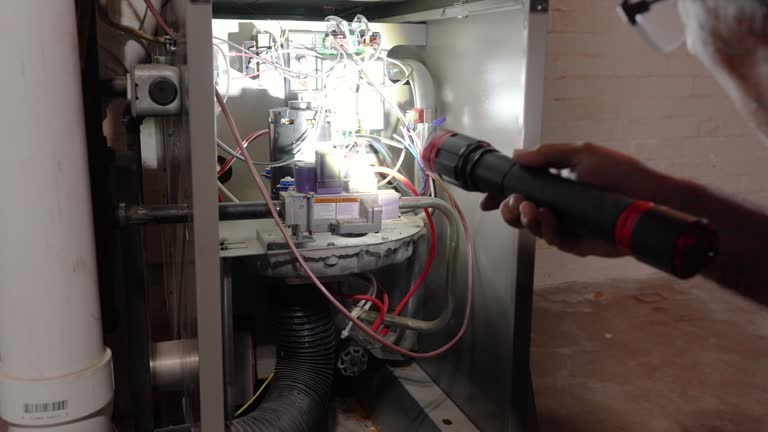
Advanced Air Conditioning Installation Ensuring Optimal Energy Efficiency
admin
- 0
Advanced air conditioning installation plays a crucial role in achieving optimal energy efficiency, which benefits both the environment and consumers by reducing electricity costs. Proper installation ensures that the system operates at peak performance, minimizing energy waste while maintaining comfortable indoor temperatures. The process begins with a thorough assessment of the space to determine the appropriate size and type of air conditioning unit needed. Oversized or undersized units can lead to inefficiencies; an oversized system may cycle on and off frequently, wasting energy, whereas an undersized one will run continuously without adequately cooling the area.
Selecting high-efficiency models equipped with advanced features such as variable speed compressors and smart thermostats further enhances energy savings. These components adjust cooling output based on real-time demand rather than operating at full capacity constantly. During installation, attention must be paid to proper placement of indoor and outdoor units to facilitate efficient airflow and heat exchange. Incorrect positioning can obstruct airflow or expose equipment to excessive sunlight or debris, impairing its function.
The ductwork also requires meticulous design and sealing since leaks or poor insulation cause significant loss of cooled air before it reaches living spaces. Installing insulated ducts with minimal bends reduces resistance in airflow, enabling the hvac company near me system to work less strenuously while delivering consistent temperatures throughout the building. Additionally, incorporating zoning systems allows different areas within a structure to be cooled independently according to occupancy patterns or specific needs, preventing unnecessary energy consumption in unused rooms.
Electrical connections should comply strictly with manufacturer guidelines and local codes to ensure safety and optimal operation. Using appropriately rated circuit breakers prevents overloads that could damage components or reduce lifespan due to frequent shutdowns triggered by electrical faults.
Commissioning is another essential step where technicians verify correct refrigerant charge levels since improper amounts directly impact efficiency by forcing compressors either into overwork or insufficient operation modes. They also test controls for responsiveness so occupants can easily maintain desired comfort levels without manual adjustments causing spikes in power use.
Regular maintenance following professional installation keeps systems running efficiently over time through cleaning filters, checking refrigerant pressures, inspecting coils for dirt accumulation, lubricating moving parts when necessary, and addressing minor repairs promptly before they escalate into costly issues.
By combining precise sizing assessments with expert installation techniques tailored toward maximizing component performance while minimizing losses from design flaws or environmental factors, advanced air conditioning installations provide substantial improvements in energy efficiency compared with standard setups. This approach not only saves money but contributes positively toward sustainability goals by lowering carbon footprints associated with excessive electricity consumption during hot months when cooling demands peak significantly worldwide.


